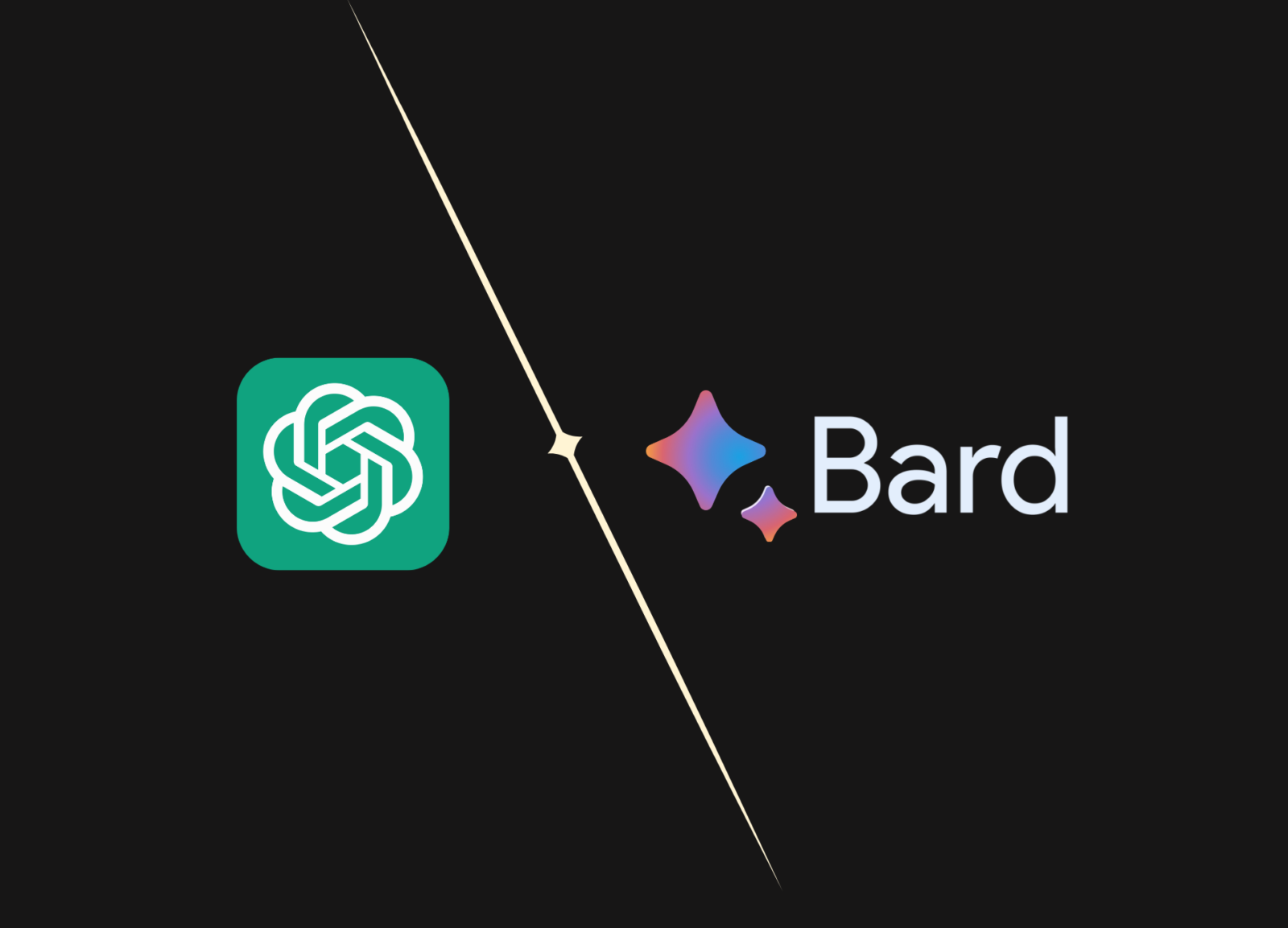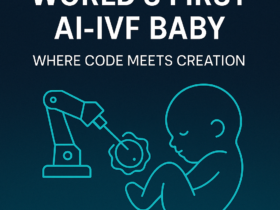In today’s rapidly evolving digital landscape, natural language processing (NLP) technologies have become pivotal in enhancing user experiences, powering virtual assistants, and facilitating communication. Among the leading NLP models are ChatGPT and Google Bard. Understanding their functionalities, capabilities, and differences is crucial for leveraging their potential effectively. In this article ChatGPT vs Google Bard we are finding which is more powerful AI tool.
Introduction – ChatGPT vs Google Bard
In the vast expanse of natural language processing (NLP), two formidable entities emerge: ChatGPT and Google Bard. These titans of text comprehension and generation are revolutionizing human-computer interactions and reshaping the landscape of communication. As we delve into the depths of their capabilities and contrasts, we embark on a journey to decipher the intricacies of modern language understanding technologies. Join us as we unravel the mysteries behind ChatGPT and Google Bard, exploring their essence, functionality, and impact on our digital world.
Understanding ChatGPT
What is ChatGPT?
ChatGPT, developed by OpenAI, is an advanced conversational AI model built on the Transformer architecture. It utilizes deep learning techniques to generate contextually relevant responses based on input text, enabling seamless interactions with users.
How does ChatGPT work?
ChatGPT operates by processing input text and predicting the most probable continuation based on its vast knowledge base. It employs self-attention mechanisms to capture long-range dependencies and contextual nuances, ensuring coherent and relevant responses.
Features of ChatGPT
- Dynamic conversational capabilities
- Contextual understanding of queries
- Seamless integration into various applications
Exploring Google Bard
What is Google Bard?
Google Bard, short for Bidirectional Encoder Representations from Transformers, is a state-of-the-art NLP model developed by Google. It focuses on understanding the context of words in a sentence by considering the surrounding words.
How does Google Bard work?
Google Bard employs bidirectional training to understand the context of a word in a sentence by considering both the left and right context. It processes input text, capturing intricate semantic relationships and nuances.
Features of Google Bard
- Comprehensive language understanding
- Contextual interpretation of queries
- Effective for various NLP tasks such as sentiment analysis and question-answering
Comparison between ChatGPT and Google Bard
Language Understanding
ChatGPT excels in generating coherent and contextually relevant responses in conversational settings, whereas Google Bard focuses on understanding the nuances of language within a given context.
Contextual Understanding
While both models possess remarkable contextual understanding capabilities, Google Bard’s bidirectional approach allows it to capture more nuanced relationships between words and phrases.
Training Data
ChatGPT is trained on a diverse corpus of text from the internet, whereas Google Bard is trained on a combination of Wikipedia and BookCorpus datasets, providing a rich linguistic context.
Applications
ChatGPT is widely used in chatbots, virtual assistants, and content generation, whereas Google Bard powers various search engine functionalities, voice search, and language understanding tasks.
Advantages and Disadvantages of ChatGPT vs Google Bard
ChatGPT
| Advantages of ChatGPT | Disadvantages of ChatGPT |
|---|---|
| Extensive training data | Limited contextual understanding |
| Seamless integration into applications | Vulnerability to generating inaccurate responses |
| Dynamic conversational abilities | Reliance on pre-defined training data |
Google Bard
| Advantages of Google Bard | Disadvantages of Google Bard |
|---|---|
| Comprehensive language understanding | Computational intensity |
| Bidirectional context analysis | Dependency on large-scale training datasets |
| Effective for diverse NLP tasks | Limited applicability beyond language tasks |
Use Cases of ChatGPT vs Google Bard
ChatGPT
- Customer support chatbots
- Content creation assistance
- Virtual companions and assistants
Google Bard Use Cases
- Search engine optimization
- Voice search functionality
- Semantic understanding in search queries
Future Developments
Potential advancements in ChatGPT
- Enhanced contextual understanding
- Improved response generation algorithms
- Integration with multimodal inputs
- Potential advancements in Google Bard
- Optimization for faster processing
- Expanded language support
Potential advancements in Google Bard
- Optimization for faster processing
- Expanded language support
Conclusion
In conclusion, ChatGPT and Google Bard represent significant milestones in the field of NLP, each offering unique capabilities and applications. While ChatGPT excels in dynamic conversational interactions, Google Bard shines in comprehensive language understanding and search functionalities. Understanding their nuances and applications is crucial for leveraging their potential effectively in various domains.







